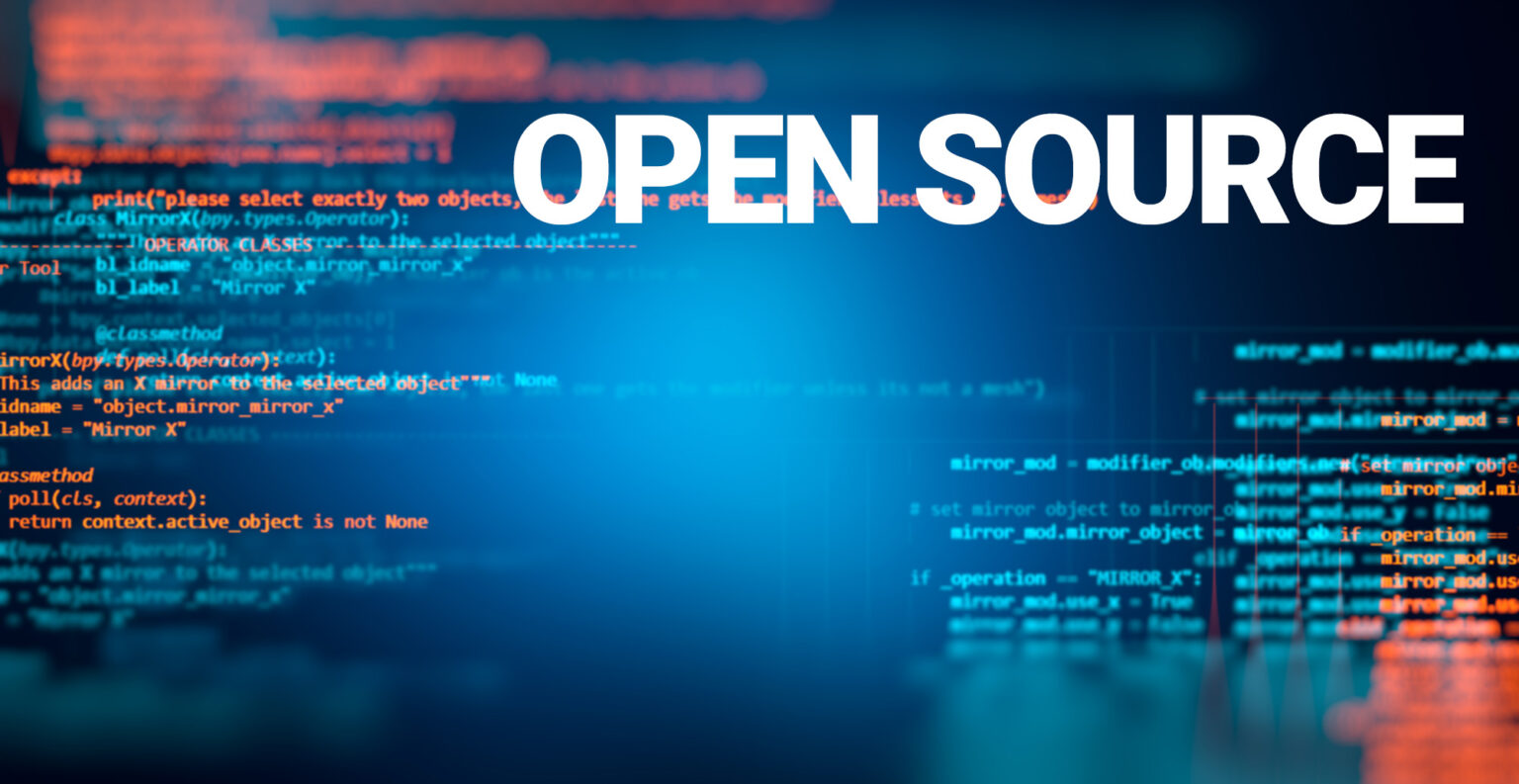10 Things You Need to Know About R: Opensource Technology for Data Analysis

Image credit: bugfender.com
R is a powerful and versatile open-source programming language that has become a staple in the data science and statistical analysis community. Whether you’re a seasoned data analyst or just beginning your journey into the world of data, understanding the key features and capabilities of R can significantly enhance your analytical skills. Here are the top 10 things you need to know about R:
1. Open-Source and Free
R is completely open-source, meaning it is free to download, use, and modify. Developed and maintained by the R Foundation for Statistical Computing and an active community, it offers an inclusive environment for statistical computing and graphics.
2. Comprehensive Statistical Analysis Package
R comes with a wide range of statistical techniques including linear and nonlinear modeling, classical statistical tests, time-series analysis, classification, clustering, and more. This makes it a go-to tool for data analysis and research.
3. Highly Extensible
One of the greatest strengths of R is its extensible nature. Users can create their own packages to solve specific problems or improve existing functions. The Comprehensive R Archive Network (CRAN) hosts over 16,000 packages for various types of data analysis.
4. Advanced Graphics Capabilities
R has excellent capabilities for data visualization. Base R provides a robust graphics package, and additional packages like ggplot2 offer advanced plotting capabilities, helping in the creation of professional and informative charts and graphs.
5. Active Community
R benefits from a vibrant community of users and developers. Online forums like Stack Overflow and the R-help mailing list provide platforms for users to ask questions, share insights, and collaborate on projects.
6. Interfacing with Other Languages
R can interface with other programming languages such as C++, Python, and Java. This allows for the integration of R into diverse workflows and the use of libraries and functions from other languages, enhancing its functionality.
7. Platform Independent
R is platform-independent and runs on various operating systems including Windows, Mac OS X, and Linux. This ensures that R scripts can be shared and run across different systems without modification.
8. Reproducible Research
R, coupled with tools like RMarkdown and Shiny, facilitates reproducible research. Users can easily share their data analysis process, code, and results in a comprehensible and interactive manner, promoting transparency and collaboration in research.
9. Wide Range of Applications
R is used in various fields including finance, genetics, medicine, and social science, for tasks such as data mining, statistical modeling, and machine learning, demonstrating its versatility and adaptability.
10. Growing Job Market
Proficiency in R is highly valued in the job market. The demand for data analysts, data scientists, and statisticians proficient in R is growing, as more industries recognize the importance of data-driven decision-making.
In conclusion, R offers a comprehensive framework for data analysis, with its open-source nature, extensive package ecosystem, and supportive community. Whether you’re conducting complex statistical analyses, creating compelling data visualizations, or engaging in data-driven research, R provides the tools necessary to accomplish your goals effectively. Its continual evolution, driven by contributions from users worldwide, ensures that R remains at the forefront of statistical programming languages.